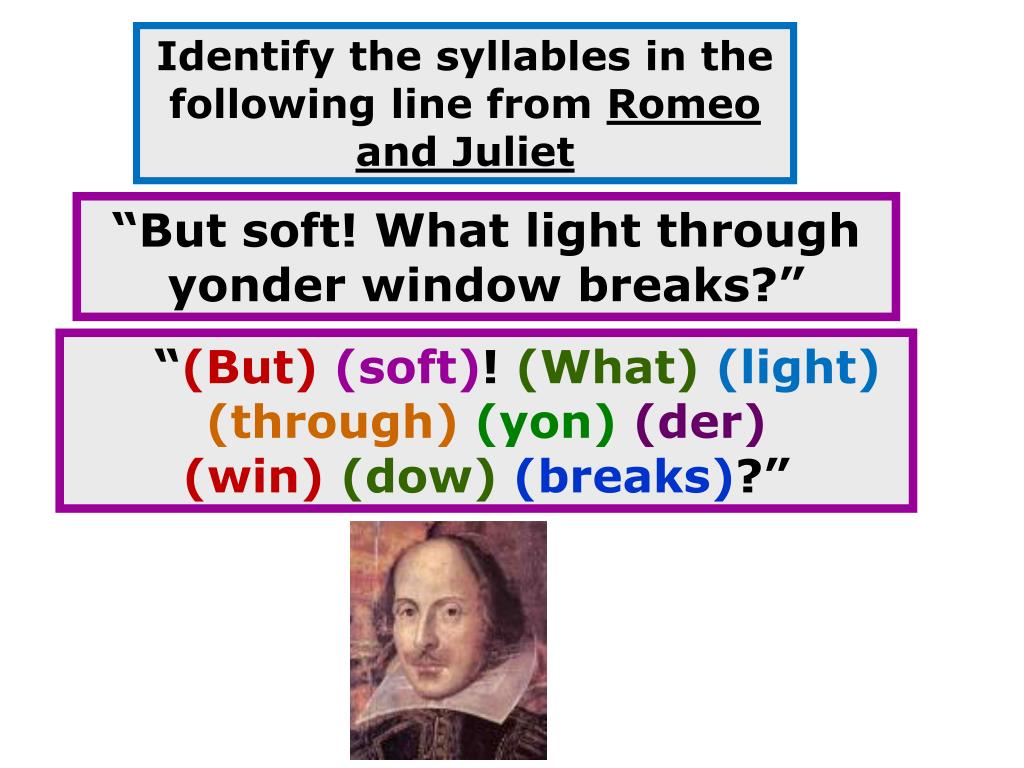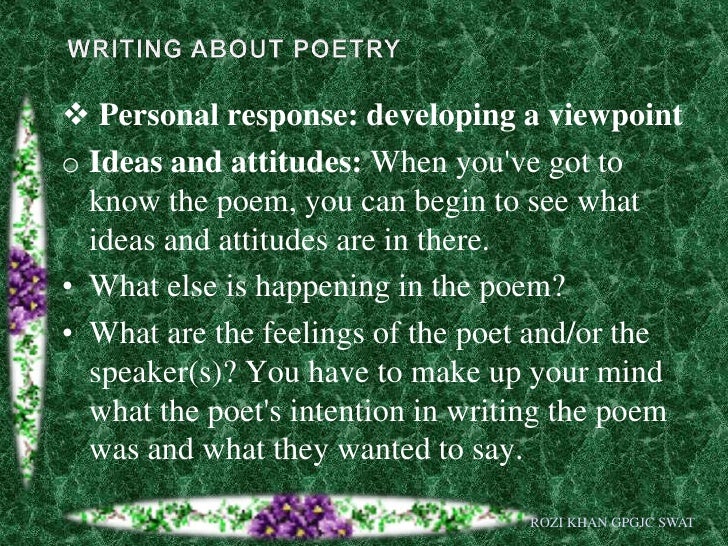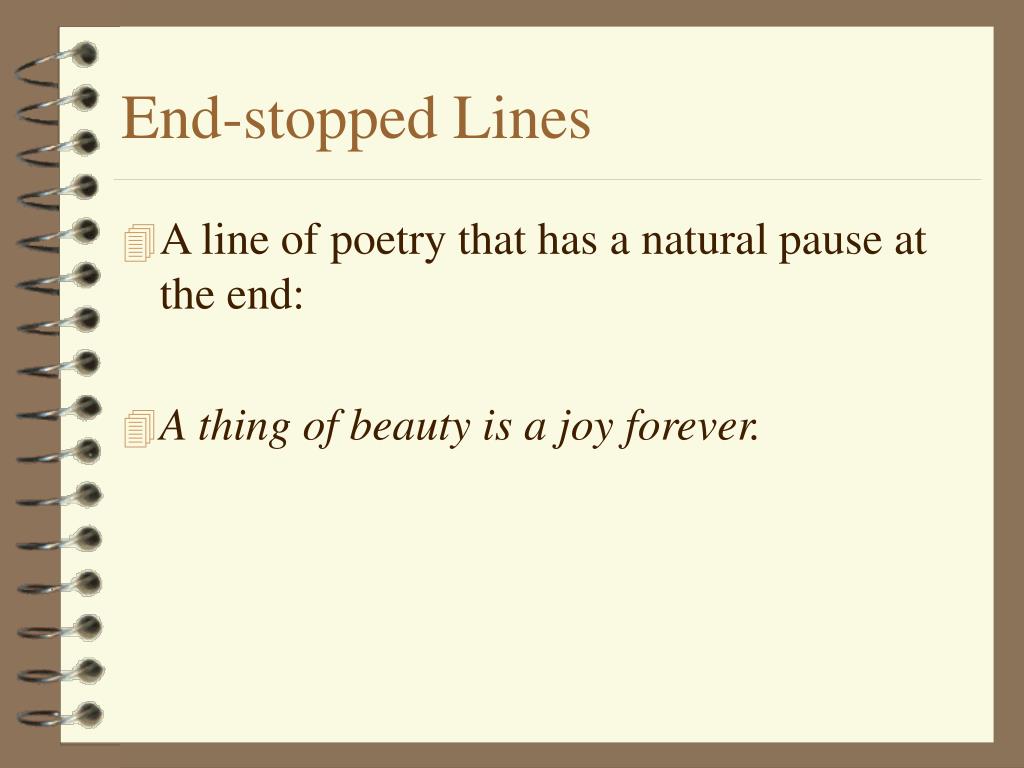

Thinking about poetic form has … been complicated by the way we use the word. And even when such organizing structures are repeated we run into problems of terminology. As Robert Hass notes, The early English lyricists invented hundreds of forms they never repeated: Sir Philip Sidney alone used 143 different line and stanza patterns in his 286 poems, 109 of which he used once only, and most of which had never been used before in English.


Rather than labelling certain poetic forms “closed” and others “open,” therefore, what is obviously required is a re-examination of what we mean by the word form.įor example, a form may be “closed” in that it is patterned, and nonetheless unique to a single poem.
The pattern of stresses and pauses in a poem. free#
Hollander is not alone in recognizing the conventionality of free verse today more and more poets are exploring other ways of articulating the line beside the “received style.” Metre and rhyme have made a come-back among some others are following the Whitmanesque route of long lines governed by speech cadence or rhetorical schemes still others have turned to the prose-poem. On the other hand, the pull towards unity and coherence in poetry is so strong that even free verse tends to fall into quite regular line-lengths, whether these are controlled by number of strong stresses, number of syllables, a certain recurring speech cadence, or even typographical boundaries. John Hollander remarks wryly that:Īt the present time in the United States, there is a widespread, received, free-verse style marked by a narrow (25-30 em) format, strong use of line ending as a syntactical marker, etc., which plays about the same role in the ascent to paradise as the received Longfellow style did a century ago.i] I’m always coming across articles in literary journals that simplistically associate the poetry of closed forms with the poetry of closed minds. Usually a political or metaphysical authority is evoked, as being less suspect than the purely aesthetic: words like “democratic” or “existential” are opposed to others like “elitist” and “authoritarian.” But to be avant-garde in poetry is to be thoroughly traditional similar words and equivalent values have informed the dialectic of English poetic theory throughout its history.


 0 kommentar(er)
0 kommentar(er)
